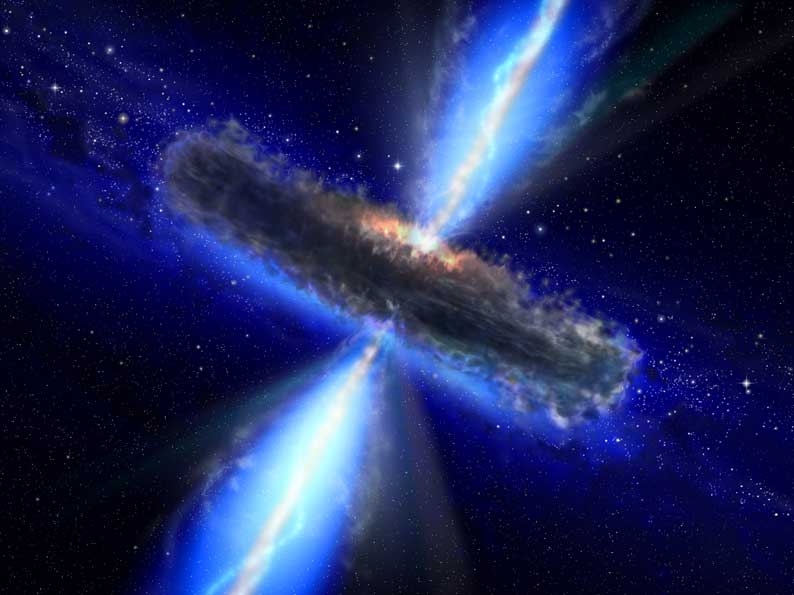Intro
Because ultra-high energy cosmic rays (UHECRs) are so rare, directly observing them is highly impractical. Instead, we use a variety of techniques to indirectly detect UHECRs by observing the products of their interactions with our atmosphere. From those interactions, we can learn a great deal about some of the fundamental properties of UHECRs including their arrival directions, their energies, and their chemical composition.
Atmospheric Interactions
When an UHECR first enters the top of earth's atmosphere, it will typically travel downward toward the ground for some distance, then interact with an air molecule. Just how far the cosmic ray gets before this first interaction and what exactly happens after it first interacts is dependent on how energetic the UHECR is and what its composition is. Nevertheless, the first interaction usually occurs high in the atmosphere and produces child particles which either decay or propagate downward and further interact with the atmosphere themselves. As this process continues, a large cascade of particles, called an extensive air shower (EAS) soon develops and continues to propagate downward toward the ground.
While the details of an EAS will differ somewhat on a shower to shower basis, there are some basic parts to an EAS that are commonly present in most air showers caused by UHECRs.
Indirect Detection Techniques
This part of the page is still under construction. Check back soon for a description of various techniques which we can use to observe cosmic rays at the highest energies.
